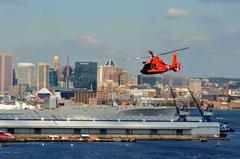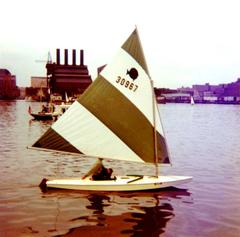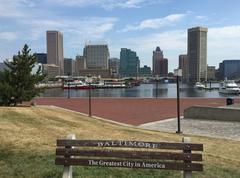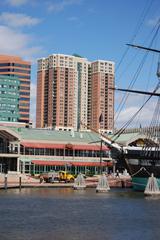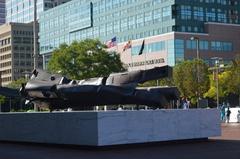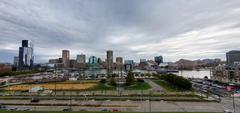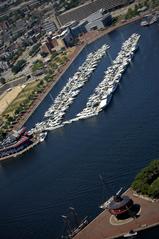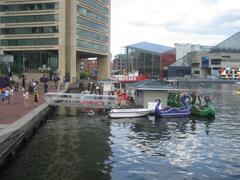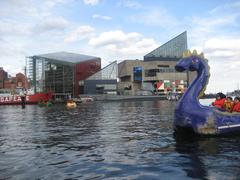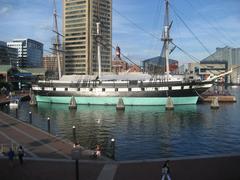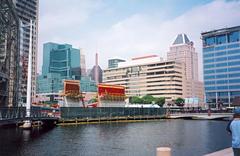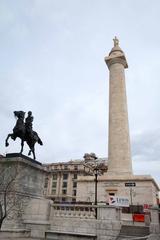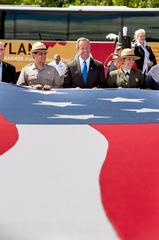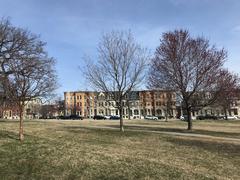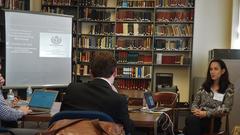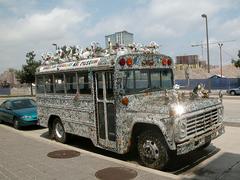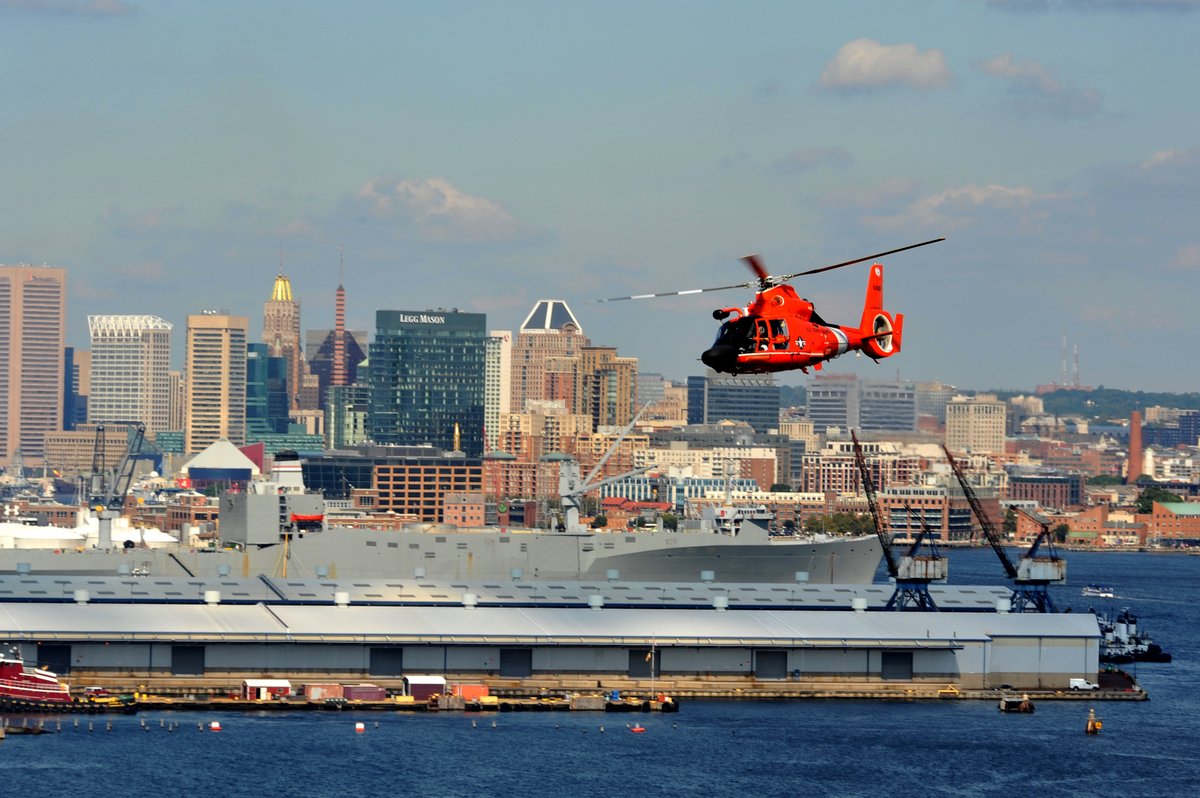
Visiting Inner Harbor: Hours, Tickets, and Historical Sites of Baltimore
Date: 31/07/2024
Introduction
Baltimore’s Inner Harbor is a renowned destination that captivates visitors with its rich history, vibrant culture, and array of attractions. Originally a major port city and industrial hub, the Inner Harbor has undergone significant transformations over the centuries. Today, it stands as a premier tourist location that offers a unique blend of historical landmarks, modern amenities, and engaging activities for all ages (Baltimore Banner). This guide will take you through the historical significance of the Inner Harbor, highlight key attractions, and provide practical tips to ensure you have a memorable visit. Whether you’re interested in maritime history, looking for family-friendly activities, or simply want to enjoy the scenic waterfront, the Inner Harbor has something to offer everyone (Fiery Trippers).
Table of Contents
- Introduction
- Historical Significance
- Attractions and Activities
- Visitor Information
- FAQ
- Conclusion
- Call to Action
Exploring Inner Harbor Baltimore: History, Attractions, and Visitor Tips
Historical Significance
Early Industrial Boomtown
Baltimore’s Inner Harbor has a long history, dating back to the early days of the United States. Before 1900, Baltimore was a major port city, railroad boomtown, and coastal slave trade hub. Factories and warehouses crowded the wharves and lined the streets around the Inner Harbor. The harbor’s geography has changed significantly since then, with the water line originally starting at Water Street, two blocks north of its current location, and extending nearly as far west as Hanover Street. The harbor was dredged multiple times, with shipping channels widened and deepened to accommodate larger ships (Baltimore Banner).
Shipbuilding and Maritime Trade
By the late 1700s, the Maryland colony and the Port of Baltimore were national leaders in the shipbuilding industry. The famous Baltimore Clippers, appearing shortly after the American Revolutionary War, were built for speed and used in the trading industry, including some illicit activities. By the mid-19th century, the oyster canning industry, jumpstarted by the owners of the tin-can patent, was booming around the port, particularly in the Canton area (Baltimore Magazine).
The Great Baltimore Fire of 1904
In 1904, the Great Baltimore Fire destroyed much of the city’s downtown, including parts of the Inner Harbor. The wharves that jutted out into the water were rebuilt, and due to the fire, they fell into public ownership. Despite some of the land around the harbor being public, it was still mostly controlled by corporations (Baltimore Banner).
World War II and Urban Flight
During World War II, Baltimore’s population boomed as the city turned its industrial might toward the war effort. This period was a bright spot following the hardships of the Great Depression in the late 1920s and early 1930s. However, by the early 1960s, urban flight began to take its toll on the city, leading to a decline in the Inner Harbor area (Baltimore Banner).
The Inner Harbor Master Plan of 1964
In 1964, the city and consultants unveiled an ambitious project known as the Inner Harbor Master Plan. This plan envisioned a harbor surrounded by interconnected public spaces along with a waterfront promenade. The plan included museums, office buildings, hotels, amphitheaters, marinas, piers for visiting ships, parks, playgrounds, and a new kind of shopping center called the festival marketplace. This plan was estimated to cost $280 million, equivalent to about $2.8 billion in today’s money (Baltimore Banner).
Transformation to a Public Space in the 1970s
Federal Urban Renewal funds in the 1970s paid for the demolition of nearly all the buildings around the harbor and the construction of piers, bulkheads, roads, utilities, and parks. The promenade was constructed around the harbor’s edge, and more public events and attractions began to fill the spaces around the water. Notable developments included the Maryland Science Center and the City Fair. Office buildings, including the World Trade Center, were built, bringing business back downtown (Baltimore Banner).
Opening of Harborplace in 1980
In 1980, Baltimore voters approved a referendum allowing 3.2 acres to be developed by the Rouse Company, leaving the majority of the land around the Inner Harbor as public parkland. Harborplace, a model of redevelopment, opened and quickly became the hub of the city’s tourism industry. The National Aquarium opened in 1981 and remains one of the city’s biggest attractions (Baltimore Banner).
Recent Developments and Future Plans
Baltimore’s iconic but largely vacant festival market, Harborplace, is set to be transformed by a $500 million development plan unveiled by MCB Real Estate. The redevelopment will include two residential towers, offices, shops, restaurants, and expanded public space. This ambitious project aims to reimagine and revitalize the 3.2-acre city-owned parcel, originally opened by visionary developer James Rouse in 1980 (Afro).
Attractions and Activities
Cultural and Historical Attractions
The Inner Harbor is home to several significant cultural and historical attractions. The National Aquarium, which opened in 1981, features mesmerizing marine life from around the world and is a must-visit for tourists (Fiery Trippers). The USS Constellation Museum offers a glimpse into Baltimore’s maritime history, allowing visitors to step aboard well-preserved historic ships (Medium).
Annual Events and Festivals
The Inner Harbor hosts numerous annual events that draw both locals and tourists. The 4th of July Fireworks celebration and Baltimore’s New Year’s Eve Spectacular are two of the most popular events, featuring food, fireworks, and fun over the waterfront (DC Travel Mag).
Modern Attractions and Amenities
Today, the Inner Harbor is a blend of Maryland’s new and old history, with 19th-century ships in the harbor and modern attractions like Baltimore’s World Trade Center, which offers a 27th-floor viewing deck overlooking the city (TripSavvy). The area also features a vibrant shopping and dining scene at Harborplace, a waterfront marketplace offering a variety of shops and eateries (Medium).
Visitor Information
Ticket Prices and Opening Hours
- National Aquarium: Tickets range from $39.95 for adults to $29.95 for children. Open daily from 9:00 AM to 5:00 PM.
- Historic Ships in Baltimore: General admission is $18 for adults and $10 for children. Open daily from 10:00 AM to 4:30 PM.
Travel Tips
For those planning a visit, it’s advisable to book tours and skip-the-line tickets for popular attractions like the National Aquarium and the Historic Ships through platforms like Viator (Medium). Parking can be challenging, especially on weekends, so consider using public transportation or ride-sharing services (DC Travel Mag).
FAQ
Q: What are the visiting hours for the Inner Harbor? A: The Inner Harbor itself is open 24/7, but individual attractions have their own operating hours.
Q: Are there any free attractions at the Inner Harbor? A: Yes, many areas of the Inner Harbor are public spaces, including the waterfront promenade and parks.
Conclusion
The Inner Harbor’s transformation from an industrial port town to a modern city and tourist destination is a testament to Baltimore’s resilience and vision. With its rich history, vibrant culture, and exciting future, the Inner Harbor remains a beloved destination for both locals and tourists alike. Plan your visit today and experience the unique blend of history and modernity that makes the Inner Harbor so special.
Call to Action
Don’t miss out on the latest updates and events at the Inner Harbor! Download our mobile app, follow us on social media, and check out other related posts on our website to stay informed and make the most of your visit.
